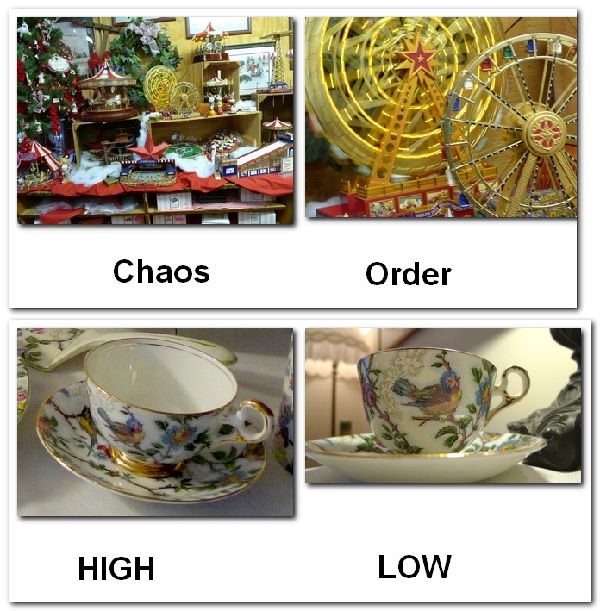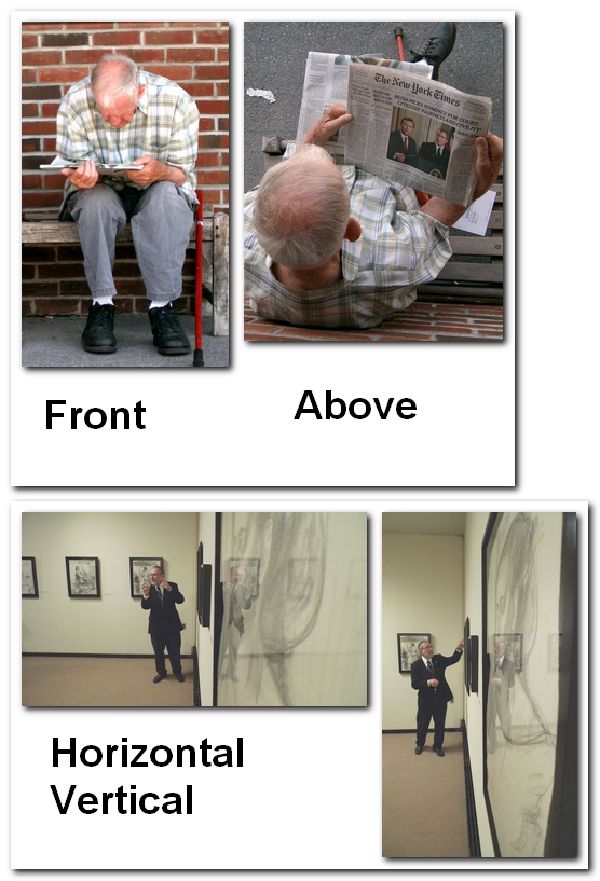
Framing and Composition
Photo One
Our eyes and brain work together to capture the visual world around us. The eye has no boundaries; it scans the scene changing focus seamlessly. We are not consciously aware of the process. If we want to see something, we do. The images stream into our brain like a video image, constant and uninterrupted.
A still camera is different, very different.
The camera captures the scene in a restricted rectangular frame. The photographer uses the window the camera looks through to decide where to place that frame.
Our eyes see the world in three dimentions (stereo vision). We perceive a sense of distance and perspective. The camera converts this world into a flat two-dimensional image.
The camera captures the scene in chunks of time: short time to freeze motion or long time to blur motion.
The photographer has many creative choices.
Once the technical aspects of lighting and exposure are resolved, the photographer can use many tools to interpret the scene and create exciting, compelling images.
Cropping in the camera
Maximize your capture
Move in close
Capture Details
Object placement
Edges
Breaking the frame
Balance
Foreground/ Background
Size, position and point of view
Line form color
Light and shadow
Motion
Focus

